 Research Update
Research Update
19
SepOn September 18, 2019, the Monthly Conference on Macroeconomic Data Analysis (September 2019) of China Macroeconomic Forum was held in Renmin University of China (RUC). The conference was jointly hosted by the National Academy of Development and Strategy (NADS), the School of Economics of RUC, and China Chengxin International Credit Rating Co., Ltd. More than a hundred people from the media, the academia, and the business community attended the conference, and interacted actively with experts.
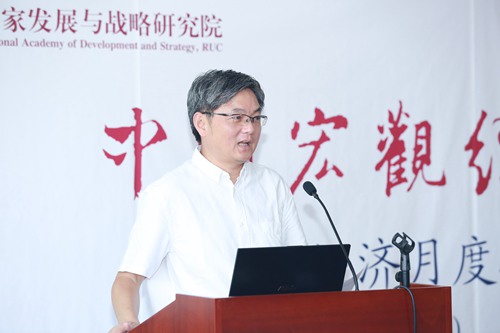
Yang Ruilong, Dean at Institute of Economic Research, RUC moderated the meeting, Niu Li, Director of Macroeconomic Research Office at SIC Economic Forecasting Department, Wu Ge, Chief Economist of Changjiang Securities, Xu Qiyuan, Director of Economic Development Office at Institute of World Economics and Politics, Deputy Director of International Financial Center, Chinese Academy of Social Sciences were invited to share their comments.
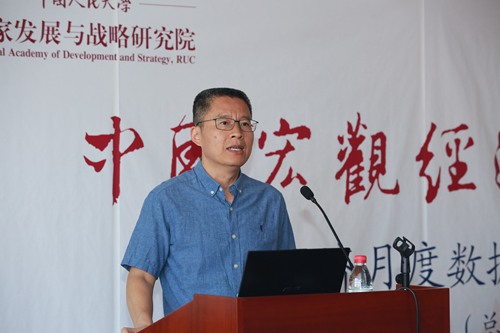
Professor Yin Heng of NADS, on behalf of the China Macroeconomic Forum research group, released the macroeconomic data analysis report of September 2019 named "maintain macroeconomic stability with multiple measures, cut tax fees to stimulate microeconomic vitality".
According to the report, despite the harsh and complex external environment, China's main macroeconomic indicators remained within a reasonable range, with an economic growth rate above 6%. However, downward pressure on the economy has increased. Data from January to August in 2019 shows: 1. industrial growth is on a downward trend; 2. the employment situation should be watched; 3. the price trend is reversed; 4. consumption remains at a low level; 5. external demand shows strong uncertainty; 6. fixed asset investment continues to decline, and the private investment is still at a low level; 7. industrial enterprises' revenue declines, and private enterprises' profitability is not good; 8. the purchasing managers' index (PMI) is on a downward trend.
With all the above pressures, the report concluded that cutting tax and fees is an important action that should be taken to stimulate the microeconomic vitality. According to the latest calculation of NADS research group, tax and fee reduction will have an obvious facilitating effect on the output of the real economy and employment. Therefore, the report recommended that we should introduce targeted measures to increase the enterprises’ “sense of gain” from tax and fee reduction policy, at the same time, establish a long-term mechanism of tax and fee reduction from the institutional level.
Experts invited to the conference shared their comments and views on the report.
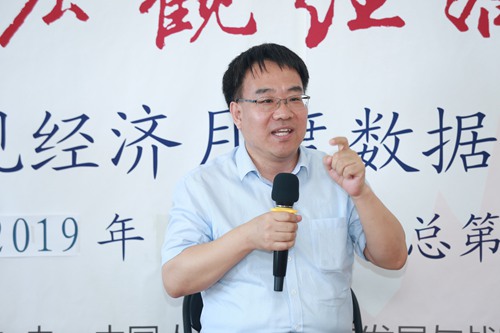
Niu Li, Director of Macroeconomic Research Office at SIC Economic Forecasting Department
The increasing downward pressures on the Chinese economy are caused by two reasons: the first reason is the dramatic decline in external demand. By expenditure approach, China’s foreign trade in this year shows typical characteristics of “declining trade surplus”. The second reason, as the Chinese economy going through the period of structural transformation, our domestic demand is still weak, the market remains in a downturn, and the residents’ income grows slowly. Based on that analysis, the Chinese economy in quarter three will continue to decline, while in quarter four might see steady recovery if we put forward effective policies such as relatively loose monetary policy and strong support for cutting corporate income tax.
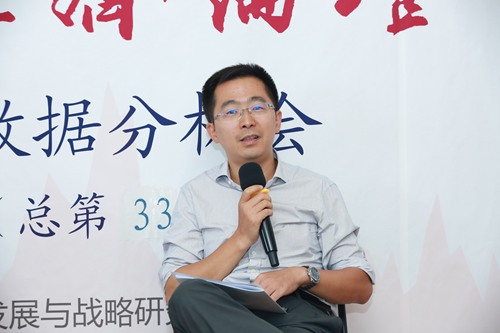
Wu Ge, Chief Economist and President Assistant of Changjiang Securities
The Chinese economy is still under the clout of “deleveraging” policy over the past year. How can we maintain a stable economy when it’s declining, in particular with uncontrollable external demand, largely depend upon the two engines, namely real estate and infrastructure. Besides, the gradual marketization of the RMB exchange rate is hopeful to offset and stabilize the external shocks. Wu suggested that China should make positive fiscal policy more positive and the steady policies sounder, especially for real estate regulation. A refined regulation instead of “crackdown on real estate” should be adopted at this critical moment.
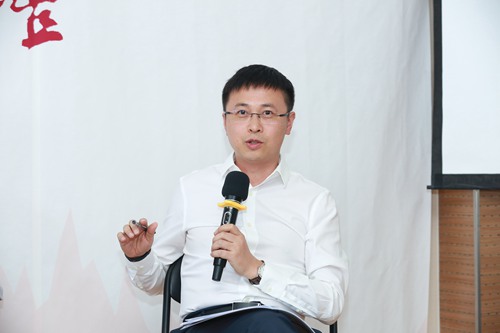
Xu Qiyuan, Director of Economic Development Office at Institute of World Economics and Politics, Deputy Director of International Financial Center, Chinese Academy of Social Sciences
The domestic pressures rather than external ones are the main reasons for Chinese declining economy, particularly from the financial market. By expenditure approach, consumption and investment figures are weak. However, at a deeper level, the financial market shows stronger hostility to the risks with a higher risk premium and lingering effects of deleveraging. Xu remained positive on the economic outlook, believing the quarter four or the first quarter next year will hit a relatively stable bottom. There is still room for monetary policy and fiscal policy stimulus such as cutting tax and fee, reducing tax and subsidy and expanding infrastructure.
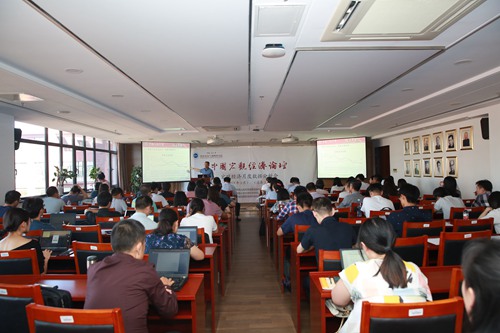
In the end, experts interacted actively with the media. For instance, reporter from Shanghai Securities News asked how can metropolitan areas help mobilize the development of regional economy, Chief Economist Wu Ge explained. Judging by international experience, China is moving from third/fourth-tier cities’ urbanization to the construction of metropolitan areas, which is a crucial period for the improvement of social labor productivity and optimization of resources. In the urbanization process, it is inevitable to expand infrastructure as traditionally we say “build roads before getting rich”. This kind of public products need a long construction period, yield relative low returns, but have extremely positive externalities. Therefore, we must scientifically look at the problems concerned with infrastructure and related financing platforms. Objectively speaking, how to ease the burden of financing platforms in pursuit of higher quality growth, more precise and efficient construction of infrastructure is critical.